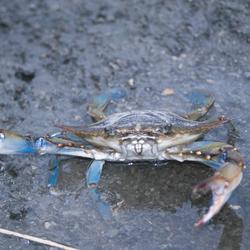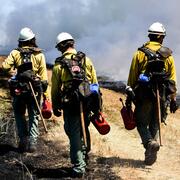Large-Scale Restoration Science
Alaska Bioregions and Arctic
Coastal Ecosystems
Deserts
Freshwater Systems
Grasslands: Great Plains and Prairie Potholes
Western Forests and Mountains
USGS works collaboratively with partners to improve the stewardship and restoration of ecosystems across the country. Many of these projects are large-scale, crossing multiple organizational and state boundaries and occasionally bridging scientific and engineering disciplines. The primary outcomes of these projects are restoring critical ecosystems and their biological communities.
Priority Landscapes

USGS works collaboratively with partners to improve the stewardship and restoration of terrestrial and aquatic ecosystems across the country. The potential of this work is revitalizing local economies and improving the quality and safety of life. Some of the science projects are within a dedicated sub-program known as Priority Ecosystem Science (PES).














